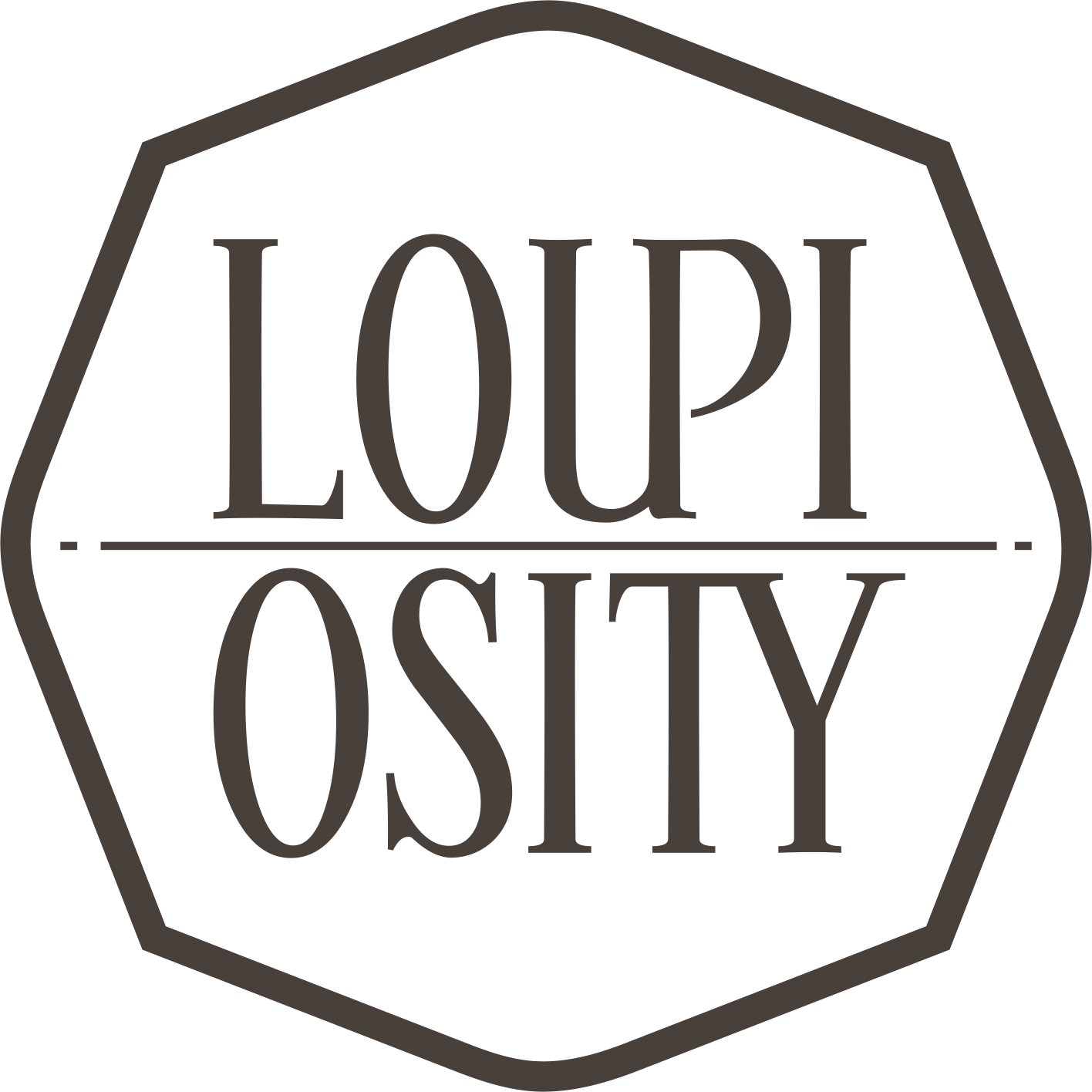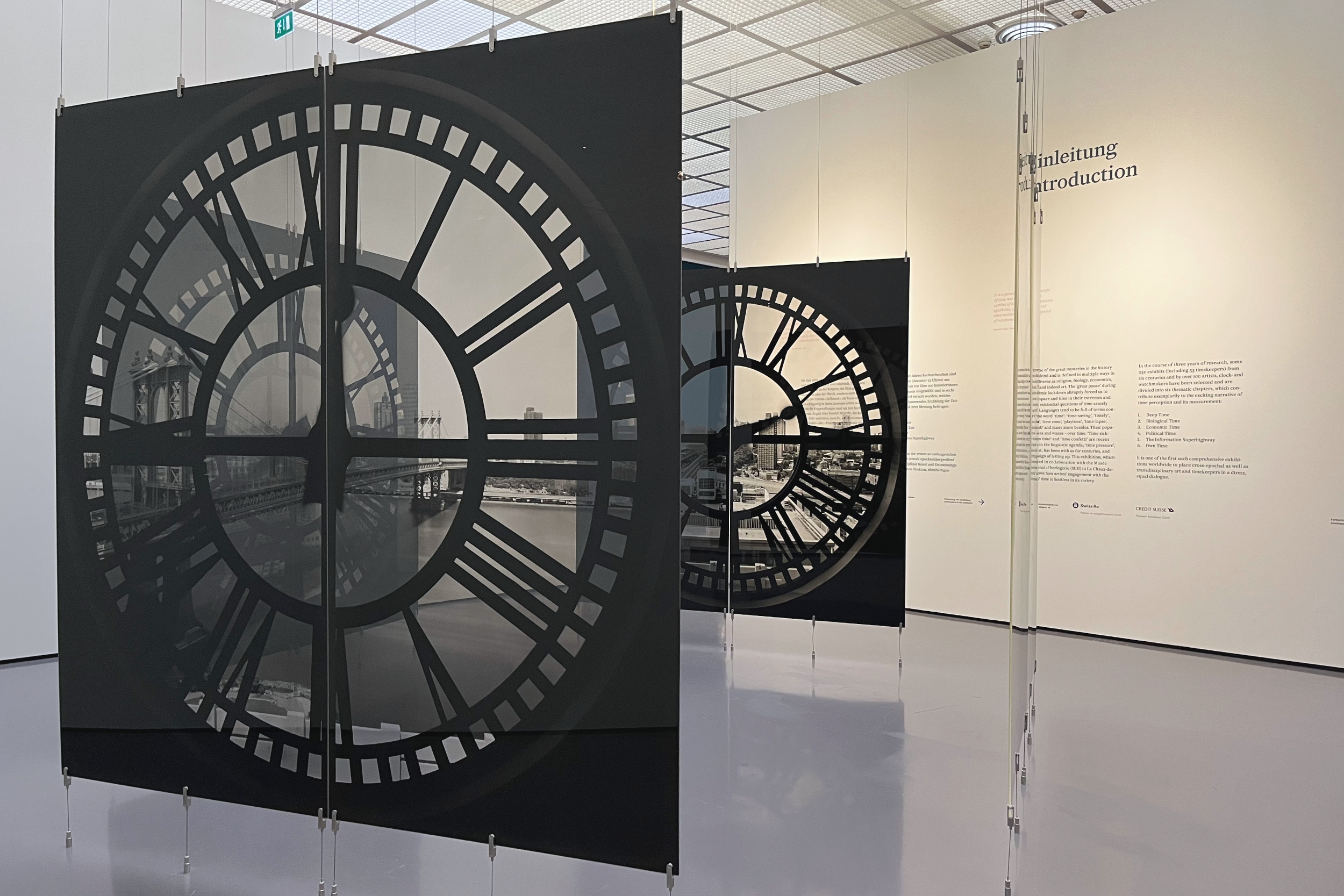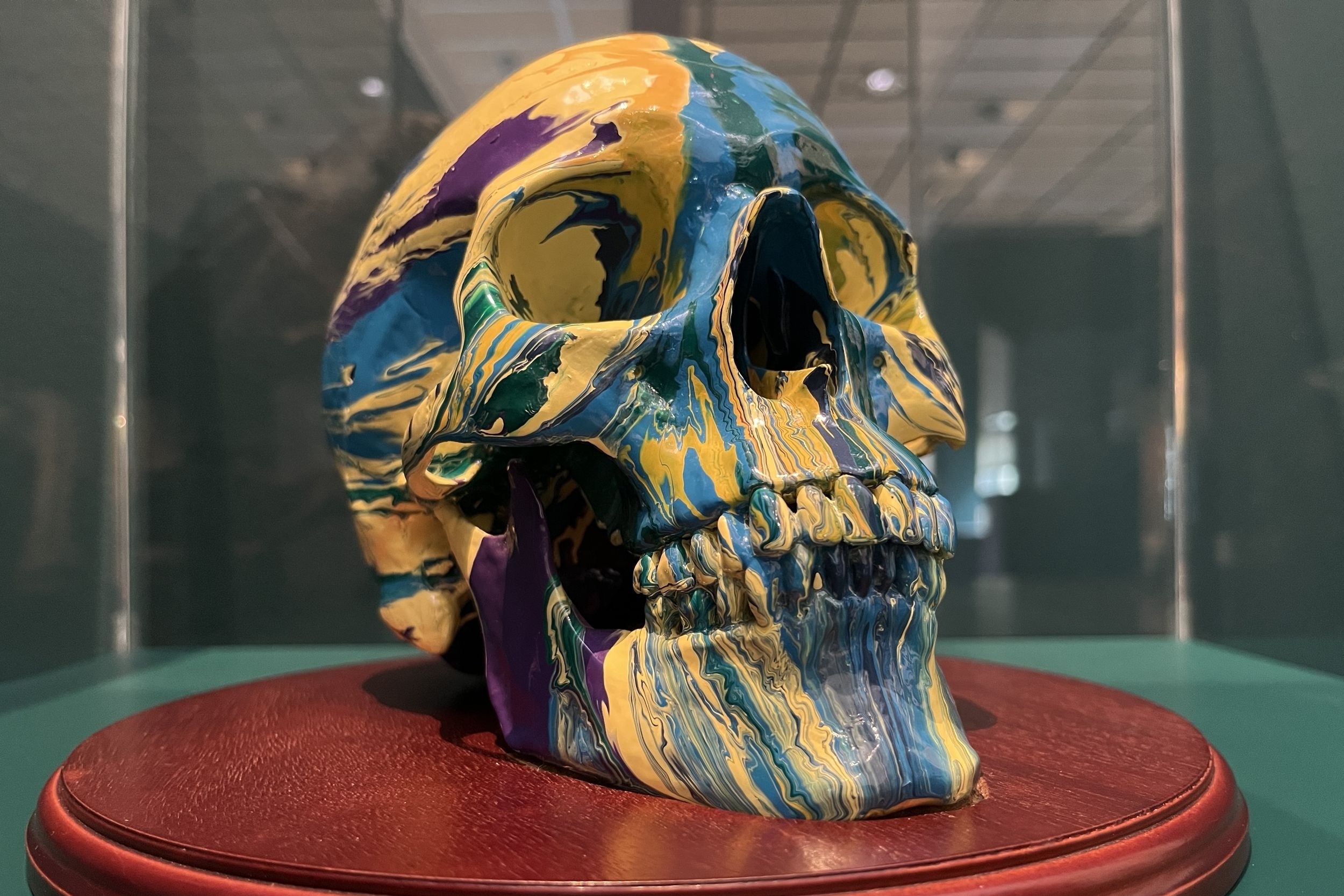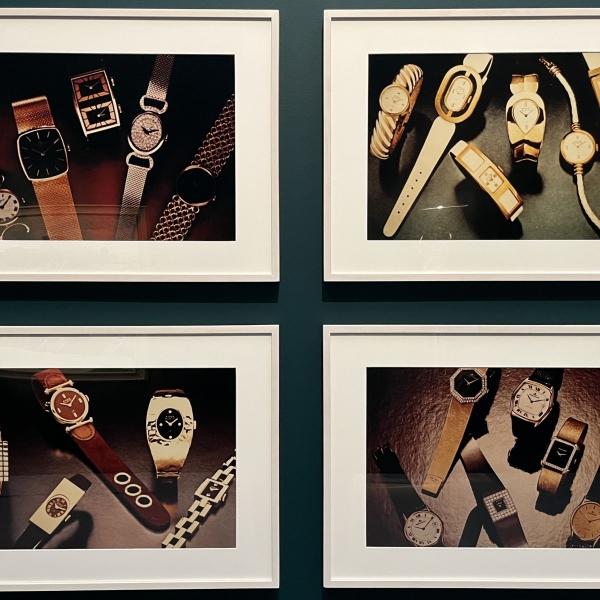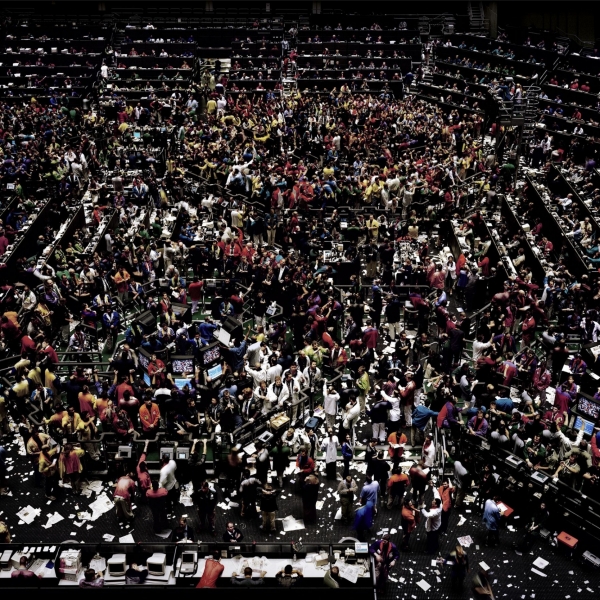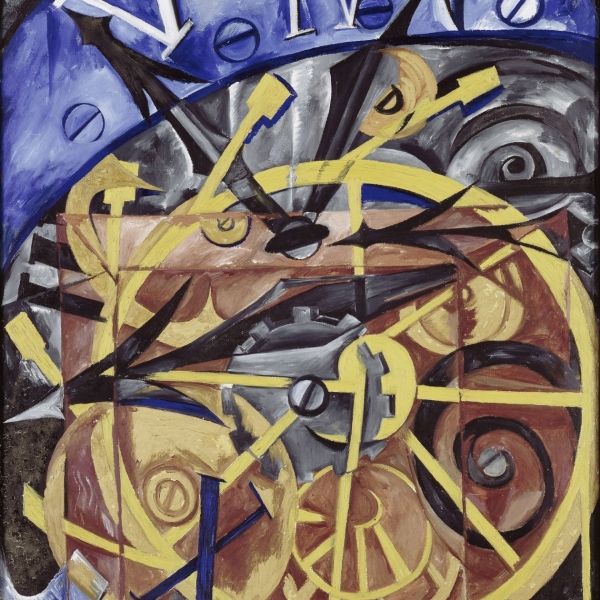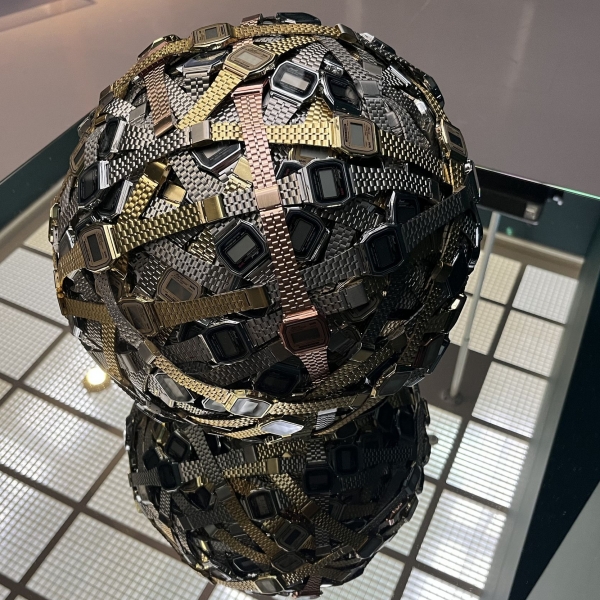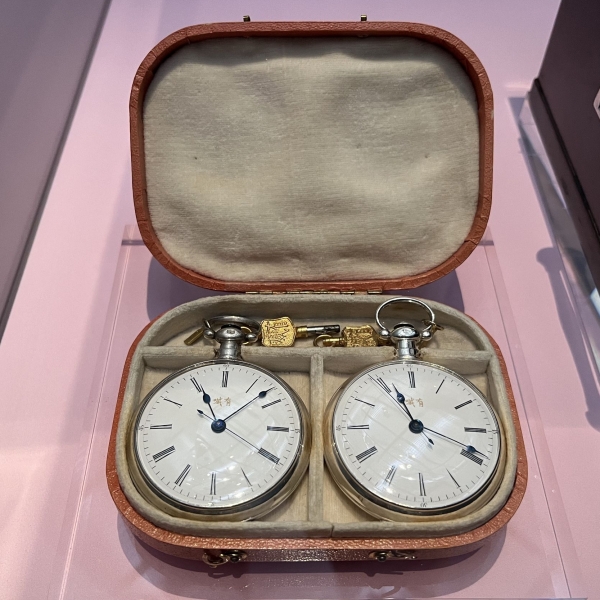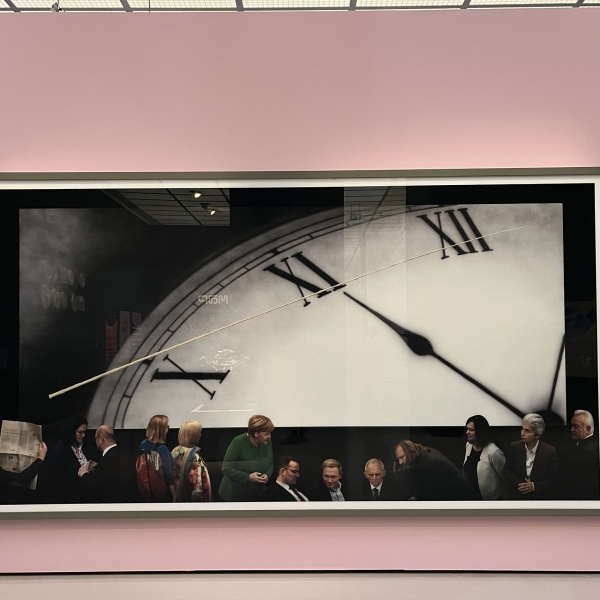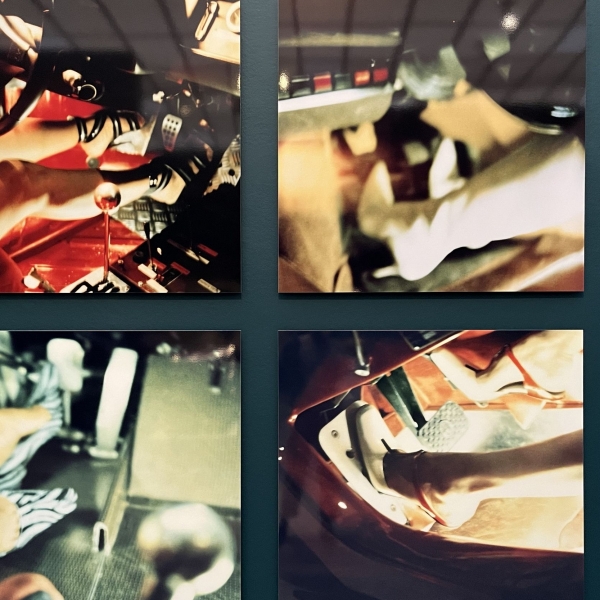Exploring the intellectual and cultural history of time, its measurement, and time as subjective experience, Kunsthaus Zürich presents the ‘Time. From Dürer to Bonvicini’ exhibition until 14 January, 2024.
Kunsthaus opened the autumn with an interesting exhibition. ‘Time. From Dürer to Bonvicini’ explores the different aspects of time and time measurements.
Today, almost everyone carries a mobile phone synched to the exact time by the network operator. The traditional time measuring tools have lost their primary functions, they have become objects of attraction and self-expression. We too, have been writing about watches for more than 10 years now on Loupiosity from pure admiration.
As the Deloitte Swiss Watch Industry Study 2022 reports states, the demand for timepieces have been in raise again: ‘the year 2021 was the strongest for the Swiss watch industry ever. Export values reached CHF 21.2 billion, slightly surpassing the 2014 record and comfortably ahead of pre-Covid levels.’
Beyond the market of new watches, the pre-owned market is estimated to grow to CHF 35 billion by 2030. The auction price of some vintage timepieces with extraordinary provenance already reached the level of other auctioned art pieces. It seems that rare and original watches are increasingly looked after. Beyond love, they also attract investment power as well. It is not bad for a once life-changing product, that no one really needs anymore.
The exhibition
The 1,200-square-metre exhibition space in Kunsthaus Zurich covers much wider range of topics regarding time than simply watches: ideas and approaches from the Renaissance to the present day, about 230 objects, including paintings, films, installations, performances and historical watches. The place is divided to six chapters, each dedicated to a narrative of time.
The first chapter shows artists exploring ‘deep time’. It is a term introduced and applied by American writer John McPhee in 1981 and it refers to the time scale of geologic events, which is almost unimaginably greater than the time scale of human lives.
The ‘biological time’ reflects that the human body is one of the most obvious parameter for us to experience the time passing by. The topics of immortality, forever youth or at least slowing down the aging process are present throughout centuries in cultural history as well.
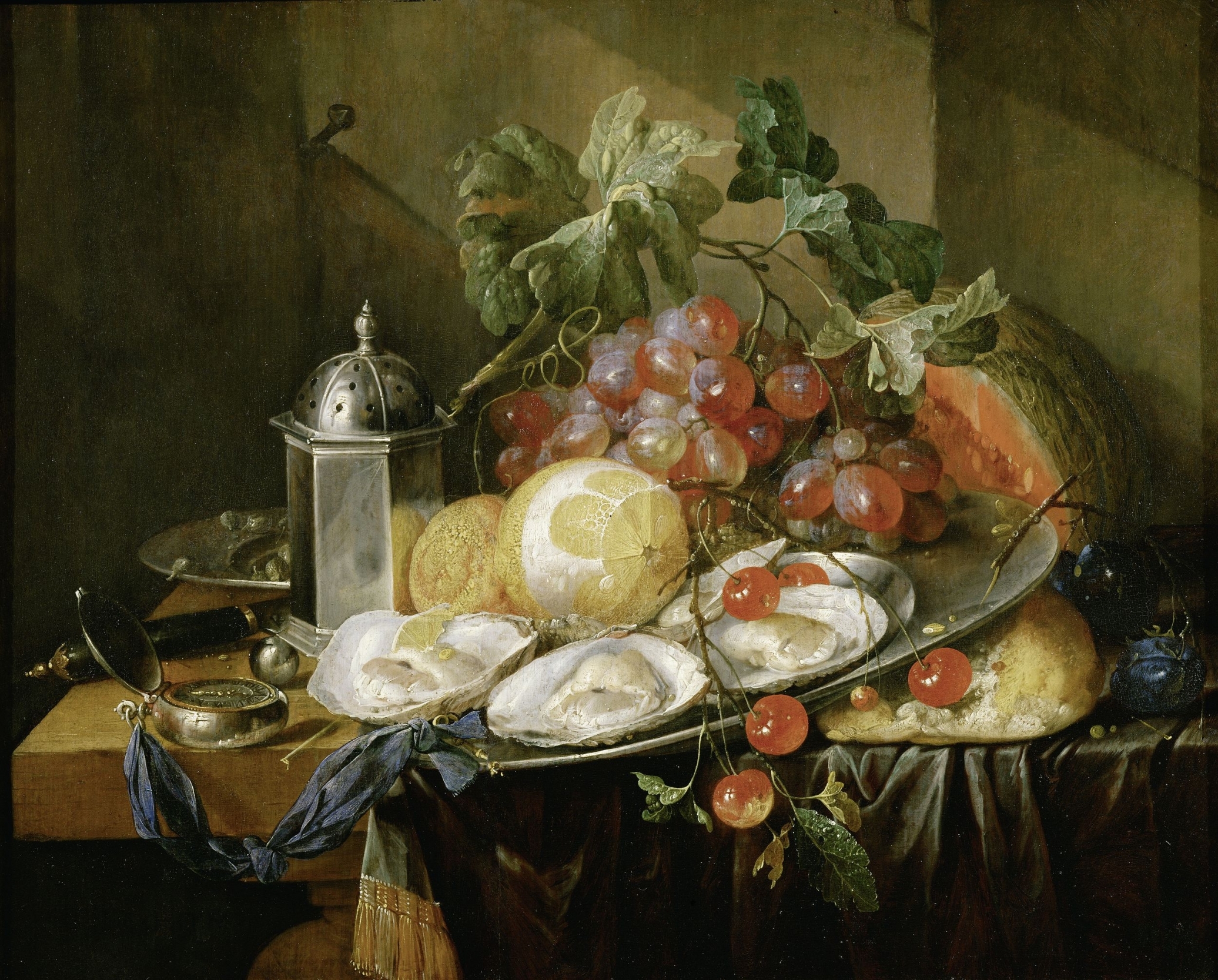
The ‘economic time’ chapter presents timekeeping instruments and how many economic and social systems were (and still are) ruled by the proverb, ‘time is money’.
The ‘political time’ is about the concepts connected with time are the results of political decisions.
The ‘information superhighway’ chapter illustrates the role of mass media and our current ability to consume great amounts of information from all around the world and how can this shape our perception about reality.
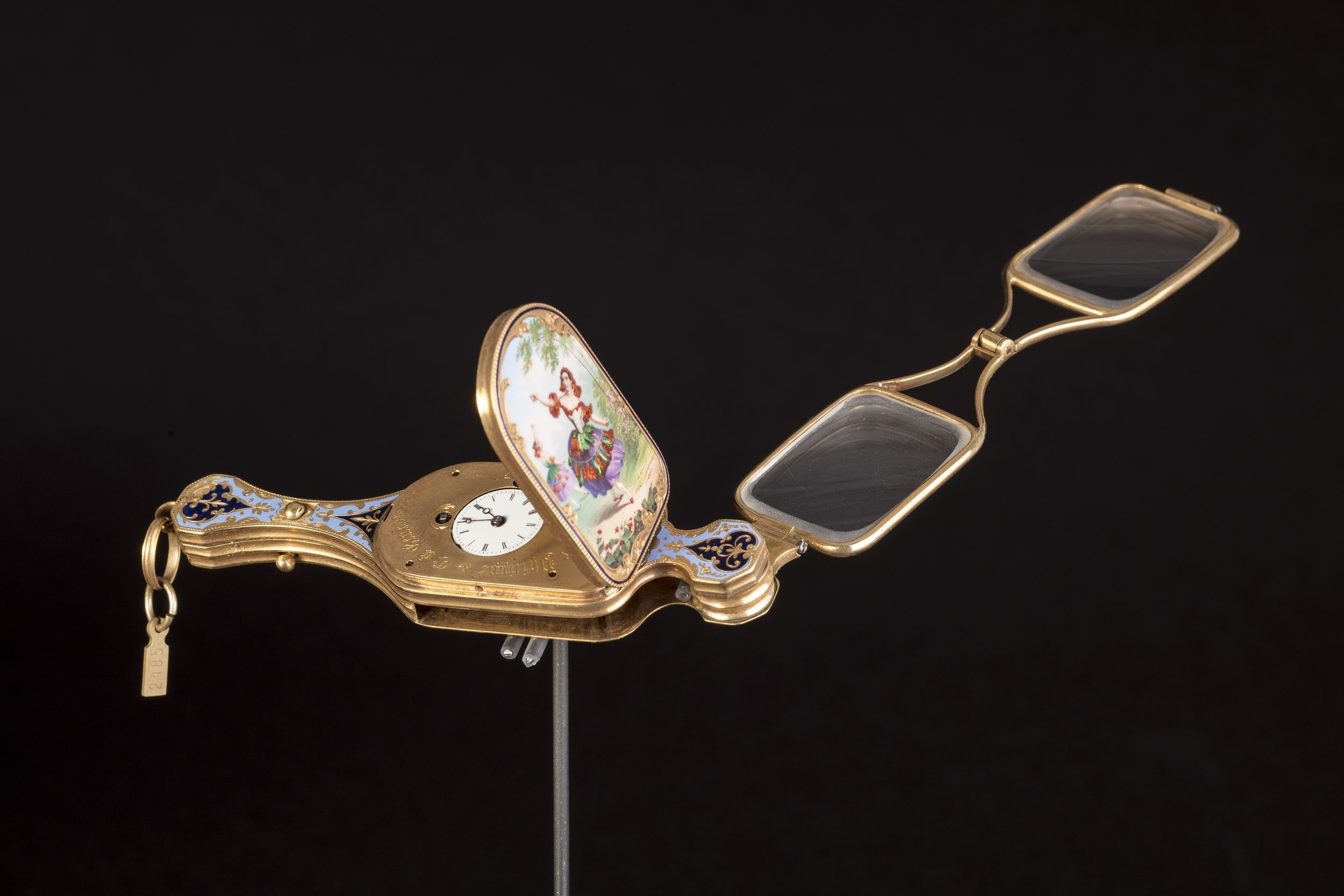
In the final section, ‘own time’, different artists delve into the question, how do we spend our time and what can we do in the future, if we will have more excess time due to digitisation and digitalisation.
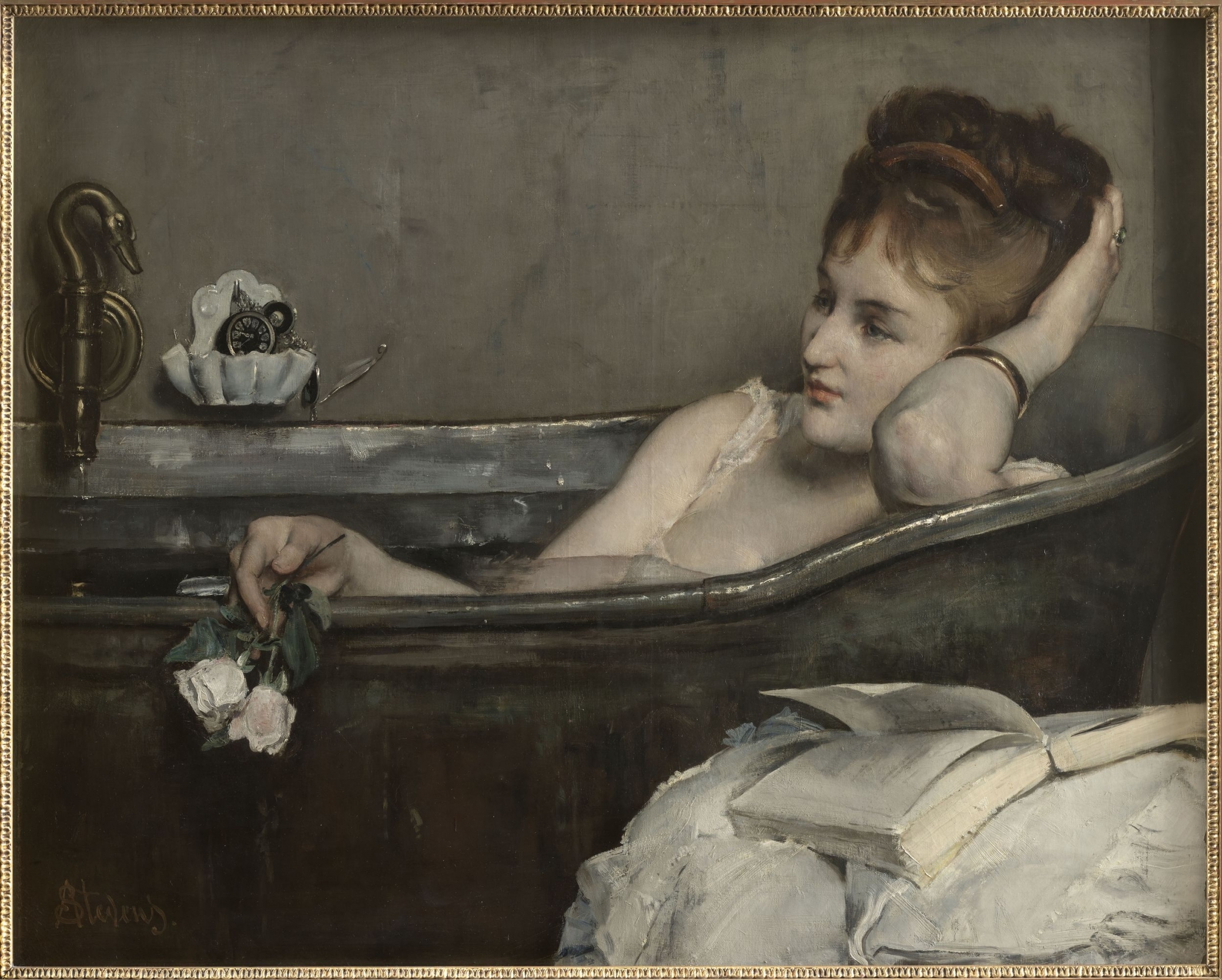
The exhibition is a collaboration with the Musée international d’horlogerie (MIH), La Chaux-de-Fonds and the result of the years long dialogue between Kunsthaus curator Cathérine Hug and international experts David Rooney (London), Mónica Bello (CERN, Meyrin), Nathalie Marielloni and Régis Huguenin-Dumittan (MIH, La Chaux-de-Fonds).
Exhibition program
The program includes guided tours, talks and panel discussions. For the first time, Kunsthaus will exhibit the winners of the GPHG Grand Prix d’horlogerie de Genève.
The 84 pre-selected watches and 6 clocks of the 23rd edition of the Grand Prix d’Horlogerie Genève are competing for the “Aiguille d’Or” Grand Prix or for one of the prizes in the 15 categories that reward contemporary watchmaking excellence. The prestigious celebration of horology is announcing winners on 9 November.
The vernissage presenting the 20 winning timepieces will be held on 01.12.2023 at 7 pm with Ann Demeester (Director Kunsthaus), Régis Huguenin-Dumittan (Director Musée international d’horlogerie, La Chaux-de-Fonds), Raymond Loretan (Président de la fondation du GPHG).
Photo credits: Kunsthaus Zurich. Loupiosity.com
All registered trademarks are property of their respective owners.
All rights reserved.
